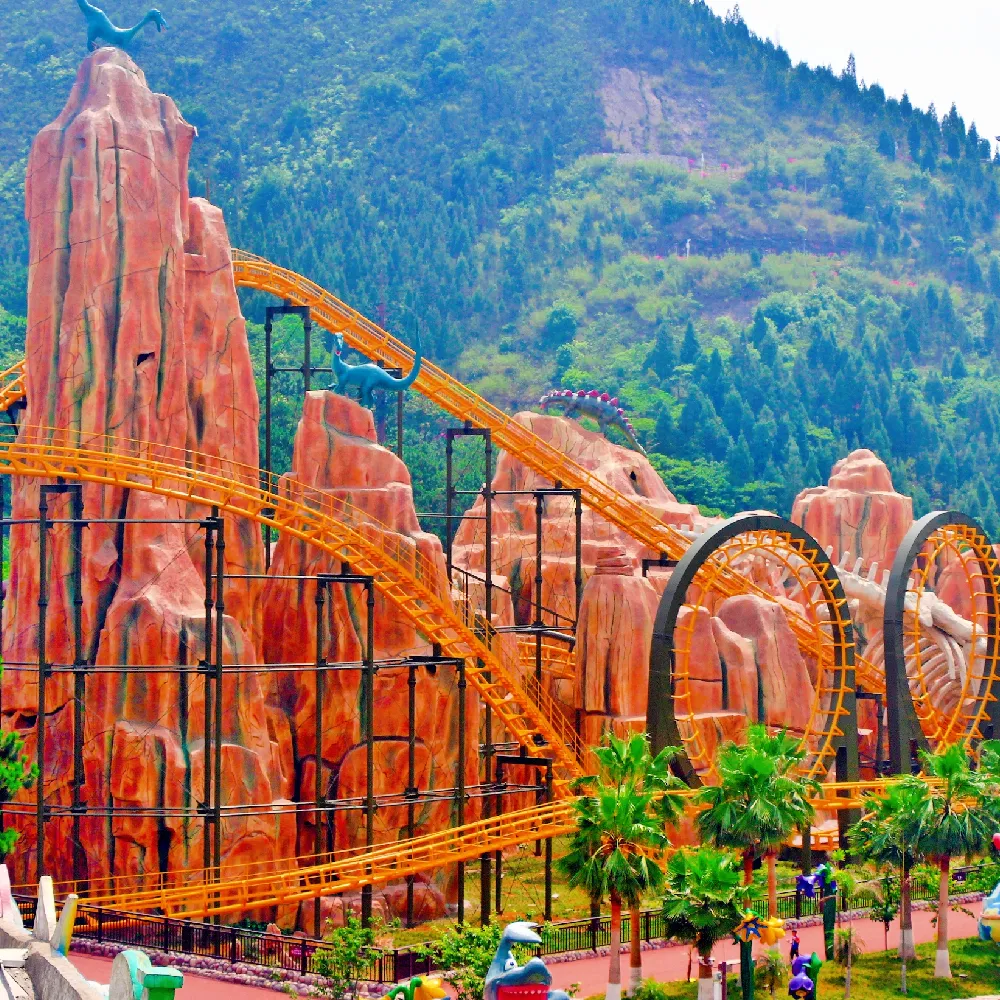- Albanian
- Arabic
- Belarusian
- Bengali
- Czech
- English
- French
- German
- Hebrew
- Hungarian
- Indonesian
- irish
- Italian
- Japanese
- kazakh
- Persian
- Russian
- Thai
- Uzbek
- Vietnamese
Resources and Materials for Roller Coaster Design and Construction Projects
The Roller Coaster Project Unleashing the Thrill of Engineering
Roller coasters have been an enduring symbol of amusement parks worldwide, captivating the hearts of thrill-seekers and engineering enthusiasts alike. The blend of adrenaline, physics, and creativity found in roller coaster construction makes them an intriguing subject for projects in both educational and professional settings. This article delves into the various materials, design principles, and engineering challenges involved in roller coaster projects, providing insight into what makes these rides so exhilarating.
Understanding Roller Coaster Design
The design of a roller coaster is a multifaceted process that requires a deep understanding of physics, materials science, and safety protocols. Engineers must consider several factors, including the coaster's height, speed, and layout, to ensure an exhilarating yet secure experience for riders. The primary forces at play are gravity, inertia, and centripetal acceleration, which need to be carefully balanced to create a smooth ride while maintaining structural integrity.
Essential Materials in Roller Coaster Construction
The materials used in roller coaster construction play a crucial role in ensuring durability, safety, and performance
. Traditionally, roller coasters have been built using steel or wood; each material offers unique advantages and challenges.1. Steel Steel roller coasters are popular for their ability to achieve higher speeds and sharper turns due to their robust construction. They can support intricate structures, allowing for creative inversions and loops. Common types of steel used include galvanized steel, which resists corrosion, and stainless steel, known for its strength and aesthetic appeal.
2. Wood Wooden roller coasters offer a classic feel and aesthetic charm. They are constructed using treated hardwoods, which provide flexibility and shock absorption, creating a distinctive riding experience. However, wood has a shorter lifespan than steel and requires regular maintenance to ensure safety.
3. Composite Materials In recent years, composite materials have begun to appear in roller coaster designs. These materials, made from a combination of plastics and fiberglass, offer a balance between weight and strength. They are lighter than steel, allowing for more innovative designs while reducing wear and tear.
roller coaster project materials

Designing for Safety
Safety is paramount in roller coaster design. Every element must adhere to rigorous safety standards to minimize risks. Engineers employ advanced simulation software to model the ride and predict how it will behave under various conditions. Additionally, safety features such as redundancy systems, lap bars, and modern sensors are integrated to enhance rider security.
Regular inspections and maintenance routines are implemented to ensure that the roller coasters remain safe for public use. Any sign of wear or structural compromise must be addressed immediately to avoid accidents, making the maintenance team an essential part of the roller coaster's life cycle.
The Thrill Factor Testing and Prototyping
Before a roller coaster is officially opened to the public, it undergoes extensive testing. Engineers create prototypes or scaled models to refine the design and test specific elements. They analyze the forces acting on the coaster during various maneuvers, tweaking designs in response to data gathered during test runs.
Riders, known as test dummies, are sometimes used to measure vibrations and forces, ensuring that the ride meets both excitement and comfort levels. Feedback from test runs guides final adjustments to maximally thrill future riders.
Conclusion
The roller coaster project encapsulates the exciting intersection of engineering, physics, and creativity. By comprehensively understanding the materials used and the design principles that govern roller coasters, we can appreciate the intricate craftsmanship that goes into every twist and turn. As technology advances, we can expect even more thrilling innovations in roller coaster design, driving the industry forward and continuing to engage both the minds and hearts of new generations of thrill-seekers. Roller coasters are not merely rides; they are spectacular feats of engineering that push boundaries and redefine entertainment.
-
Flume Ride-Hebei Zhipao Amusement Equipment Manufacturing Co., Ltd.|Thrilling Water Attraction&Customizable DesignJul.30,2025
-
Flume Ride - Hebei Zhipao Amusement Equipment | Water Coaster, Thrilling DescentJul.30,2025
-
Flume Ride - Hebei Zhipao | Thrilling Water AttractionJul.30,2025
-
Flume Ride: Thrilling Water Attraction by Hebei Zhipao|Log Flume Manufacturers&Flume Ride DesignJul.30,2025
-
Flume Ride-Hebei Zhipao Amusement Equipment Manufacturing Co., Ltd.|Thrilling Water Coaster, Safe DesignJul.30,2025
-
Flume Ride-Hebei Zhipao Amusement Equipment Manufacturing Co., Ltd.|Thrilling Water Attraction, Safe DesignJul.30,2025
